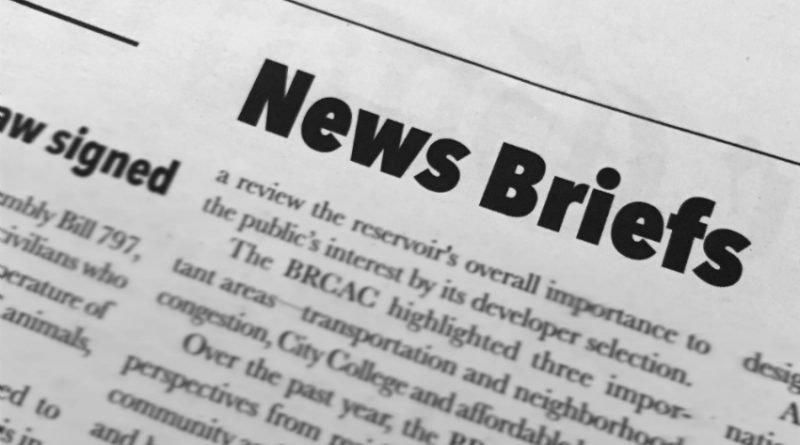July 26, 2020
More than 4.2 million people in the US have been infected with coronavirus and at least 146,500 have died. The virus has hit every state but its impact has been wildly uneven. In New York and California, the states with the most known cases, more than 847,000 have had Covid-19. In some less populous states, including Vermont and Hawaii, there are fewer than 2,500 patients. And in a handful of remote counties, there has been not even 1 positive test. The nation’s most populous places have all suffered tremendously but unlike in the early days of the pandemic, it is not only the big cities which have been hit the hardest. On a per capita basis, many of the places with the most cases have been small cities and rural communities in the Midwest and South, and in some Sun Belt cities that were spared in April, case and death numbers have surged in recent weeks, including McAllen, Texas where more than 85% of deaths have been since the start of July. The Miami, Phoenix, and LA areas have at times averaged more than 2,000 cases per day
Countries worldwide have shut down or significantly reduced travel in hopes of slowing the virus. At least 4 million Mexicans and Mexican-Americans living along the 1,954-mile US-Mexico border have also been impacted and those who are allowed to cross daily face 3-6 hours by vehicle at the San Ysidro Port of Entry. Waits for pedestrians at the PedEast entrance average 2-4 hours. The US restrictions on nonessential travel that took effect March 21 because of Covid-19 invalidate short term visas that allow for brief crossings to visit family, get medical care, or shop in border cities. Some countries, including Canada are this month slowly starting to allow foreign nationals to reunite with their immediate families under strict conditions
Interviews with registered nurses working as inspectors at nursing homes for the California Department of Public Health revealed that they were not provided coronavirus testing even though they were exposed to the virus almost daily and visited several homes. Officials said they had sent about 500 inspectors to the state’s 1,200 skilled nursing facilities. Some with the worst outbreaks were visited multiple times, with California inspecting homes at triple the rate of other states. Most of the inspectors interviewed also said they have not been provided with properly fitting PPE. The health department acknowledged that systematic testing was not provided but they had encouraged inspectors to seek testing on their own. On Friday, Governor Newsom announced the state would launch an aggressive testing regime for nursing home inspectors
Forced to adapt to the coronavirus crisis, many of California’s biggest employers responded in varying degrees, with measures such as paid leave for caregivers, flexible work schedules, and stipends for childcare. 4 months later, many state and employer-provided benefits are slated to expire over the summer, even though childcare needs have not changed. Nationally, fewer than half the US companies that have returned to in-person work have a plan for employees with childcare responsibilities and only 32% of companies that have announced a set date for returning to work have come up with a plan, according to recent research from the Society for Human Resource Management
The Covid-19 pandemic has opened up resources to help get people off the streets, and a recent order from a federal judge who ordered officials to provide alternative housing for residents living near freeway overpasses, underpasses, and ramps, will unlock even more. But efforts to aid people are going to be complicated by a shortage of available shelter and fighting among government entities about how best to carry out the judge’s wishes. A government program known as Project Roomkey, which aims to rent motel and hotel rooms for homeless people, has fallen short of its goals locally but still has vastly expanded the number of rooms available to homeless people vulnerable to Covid-19. Once there is enough shelter, the agreement could pave the way for law enforcement to enforce anti-camping ordinances. Many who could be forced to move said they were leery of going into temporary shelters, tiny prefab houses, or sanctioned camping sites because they felt confined by rules and put them in shared spaces that they would otherwise avoid. And the homeless service providers and outreach workers say that the order will lead to needless confrontation between law enforcement and people living on the streets. They also say politicians’ attempts to comply with the judge’s desires focus too much on interim housing options and will come at the expense of more permanent solutions. There are an estimated 6,000 to 7,000 homeless people living near freeways in LA County
LA County reported an additional 1,703 cases and 10 deaths. Totals are now 173,995 cases and 4,360 deaths. City Breakouts (Cases/Deaths): City of LA 70,756/2,028; Long Beach 7,479/163; Carson 1,153/38; El Segundo 95/0; Gardena 786/34; Hawthorne 1,251/29; Hermosa Beach 142/2; Inglewood 1,791/74; Lawndale 425/8;
Lomita 162/7; Manhattan Beach 250/4; PV Estates 68/2; Rancho PV 211/12; Redondo Beach 369/9; Rolling Hills 5/0; Rolling Hills Estates 30/2; Torrance 947/56
Compiled by Charlene Nishimura
Media Sources: Los Angeles Times; New York Times; Washington Post; Wall Street Journal; Forbes Magazine; Business Insider; USA Today; CBS News; CNN; KTLA; OZY; ABC World News Tonight; Spectrum News 1; The Hill.com; WebMD; AP, Politico, Newsweek, Reuters, televised briefings from the White House, Governor Newsom, LA County Health Department, Mayor Garcetti; City of Torrance press releases; Torrance Area Chamber of Commerce press releases

